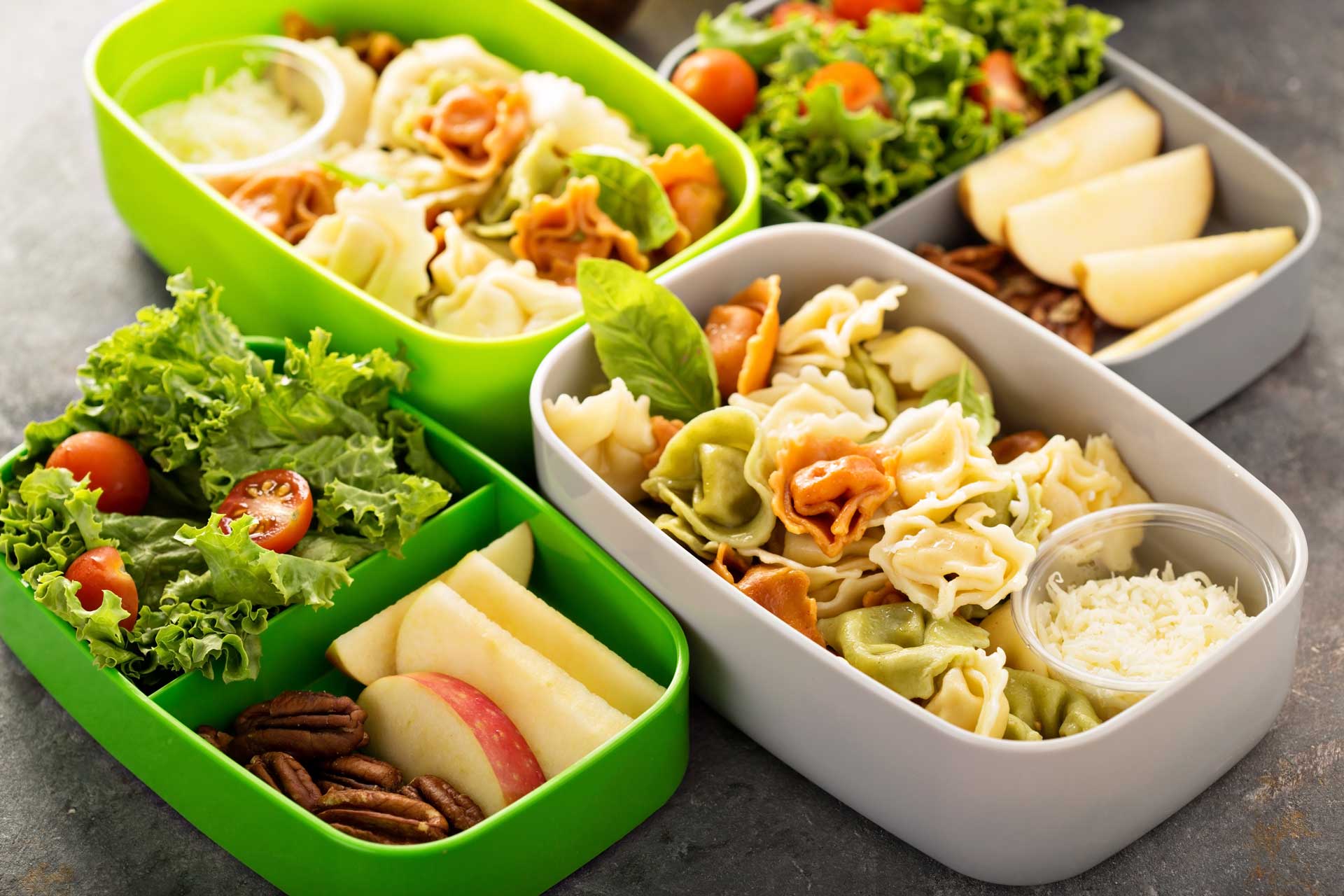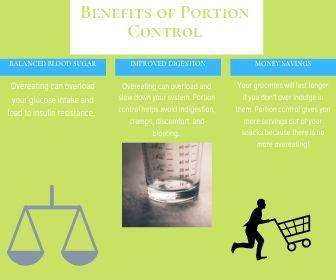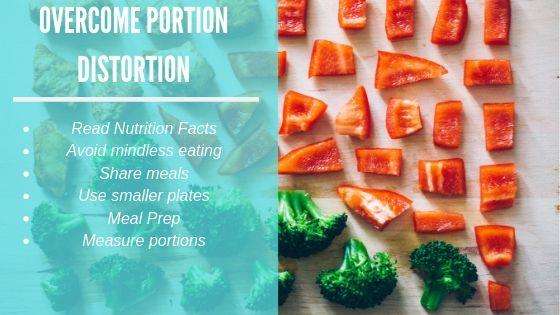A popular topic of conversation when discussing weight loss or developing a healthy lifestyle is mostly what foods to avoid and what foods to eat. One commonly misunderstood topic is; if it’s good for you, you can eat it whenever and as much as you want. This is incorrect. Portion control is so important to weight loss, maintaining a properly functioning digestive system, and a healthy lifestyle. Eating the right portions is just as important as eating the right foods.
There are major benefits of portion control besides weight loss. Improved digestion occurs from the lack of overloading your system. With proper portions you avoid indigestion, cramps, discomfort, and bloating. Overeating can lead to a blood sugar imbalance because of the large intake of glucose. Overloading your body with glucose can lead to insulin resistance. Money savings is often tied to proper portion control. When you eat the proper sizes-you do not have to buy as much groceries because you are not overeating. Your groceries will last longer!
People tend to have a hard time recognizing proper portions and serving sizes. This is a direct effect from societies super sized meals that have doubled or tripled over the past 20 years. This is also directly linked to increased obesity rates. This can be slightly avoided if you pay attention to the serving sizes on the nutrition label. Portion and serving sizes are often used in replacement of each other. Even though they are correspondently related there is a difference between the two.
Portion size: is the amount of food you choose to eat in one sitting. This may be more or less than a serving size.
Serving size: is a standardized amount of food. It is often used to quantify recommended amounts and found on the Nutrition Facts label.
Referencing serving sizes helps with maintaining portion control. You may eat an 8 oz. sirloin steak at a restaurant, this is your portion size, but the actual serving size of beef is 3 ounces
There are ways to overcome portion distortion.
Practice measuring out the correct portion sizes when prepping meals. Measuring foods at home help you realize proper portions quicker to make better decisions when you have to.
Read the Nutrition Facts label to help you identify the proper serving size.
Instead of eating straight out of the bag or box eat off of a plate or small bowl. It’s harder to eat more if you only put the actual serving size in front of you.
Avoid mindless eating in order to make sure you are aware of how much you intake.
Share meals when dining out. Restaurants often serve oversized portions so sharing your food with someone else will help keep the portions more reasonable. If this isn’t an option- ask the server to box half of your meal before bringing it to you to avoid temptation.
Use smaller plates when eating. It seems that as portion sizes have increased so have the plates. A smaller plate will look fuller and trick your brain into thinking you’re eating more food.
Lastly, prepping meals for the week ensures that you have proper portions ready to go!






0 comments